The American black bear (Ursus americanus) is the most widespread bear in North America. Its coat ranges from black to brown, cinnamon or even blond, and adults weigh between 125 and 450 pounds. Standing about three feet at the shoulder and five to six feet when on their hind legs, black bears are agile climbers and swimmers. Their adaptability to varied habitats and colour‑phase pelts make them a popular quarry across the United States and Canada.

Black bear hunts vary by region and regulation. In the western mountains hunters typically use spot‑and‑stalk techniques, glassing open slopes for bears feeding on berries and then stalking into range. In other areas, hunters sit over bait or pursue bears with trained hounds where legal; the preferred method depends on the state or province. Spring seasons run from April through June, offering prime opportunities when bears leave their dens, while fall hunts from September until bears den in November feature heavier bears with thicker coats. Typical shot distances range from 50 to 300 yards, and both rifle and bow hunters participate.
Black bear populations are generally healthy and are managed through regulated hunting seasons, quotas and mandatory tag requirements. Adult bears vary greatly in size and weight; males are larger than females and may reach 450 pounds or more. Because black bears are omnivores, they thrive in forests, chaparral and even near human settlements. Provinces and states prohibit the harvest of sows with cubs and restrict baiting or hound hunting in some areas. Revenue from license sales and guided hunts supports habitat conservation and helps reduce human–bear conflicts.
Black bears live up to 20 years in the wild. They can run at speeds of 35 mph, climb trees with ease and swim powerfully. Colour phases such as cinnamon, brown and even bluish‑gray “glacier bears” occur in some regions. While generally less aggressive than grizzlies, black bears are intelligent and have an excellent sense of smell. Proper food storage and hunting ethics are essential to prevent habituation and ensure sustainable populations.
Black Bear can be found in the following location:
Black Bear has the following variations:
- (Varieties to be confirmed)
Start Your Adventure



